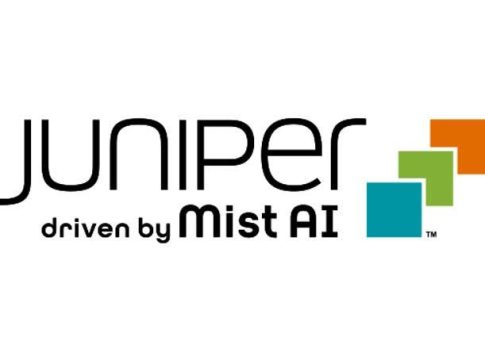HPE’s Strategic Move: Navigating the Acquisition of Juniper Networks
In a significant development in the tech landscape, Hewlett Packard Enterprise (HPE) has reached a crucial agreement as part of its acquisition of Juniper Networks. This deal, which comes under scrutiny from the U.S. government, necessitates HPE to adhere to specific requirements revolving around the licensing of its AI-powered operations platform, Mist.
Government Oversight and Employee Transfer
As part of securing regulatory approval, HPE must facilitate the transfer of 55 employees from Juniper who specialize in both engineering and sales related to Mist’s AI offerings. This process aims not just to streamline the transition but also to ensure that the new license holders can benefit immediately from seasoned expertise.
The U.S. government will actively monitor the auction and licensing processes for the Mist AI platform, starting 20 days post-deal closure and continuing with monthly checks. This structure is an attempt to maintain market fairness and ensure the efficient use of AI technologies, which are becoming increasingly central to networking solutions.
Auction Mechanics: How It Will Work
To fulfill its obligations, HPE will hold an auction to allocate licenses for the Mist AI Ops source code. The government has mandated that only "acceptable" bidders—those approved by U.S. authorities—can participate. The auction is set for 180 days after the Juniper acquisition finalizes, opening the door for competition among multiple bidders, though only two will ultimately secure licenses.
Potential bidders must be prepared to exceed an $8 million threshold, with proposals evaluated beyond just financial offerings. This updated auction framework signifies a shift towards a more equitable distribution of critical AI resources in the networking sector.
Supporting the Winning Bidder
Once the winning bidders are identified, they will receive more than just a license—they’ll be assured assistance in integrating the Mist technology into their existing frameworks. This includes transition services, software updates, and the collective knowledge of up to 55 Juniper employees. However, bidders will be restricted from soliciting anyone outside of this pre-approved list, streamlining the transition without inflating labor costs or creating internal competition among the engineers.
Additionally, HPE is tasked with connecting the winning bidders to Juniper’s original manufacturing partners and distributors, thus ensuring continuity in hardware support that underpins the Mist software.
Implications for AI and Networking
This merger and its terms highlight the growing importance of AI in networking solutions. As companies increasingly rely on AI to enhance network efficiency and security, regulatory bodies are keen to prevent monopolistic behaviors that could stifle competition.
HPE’s commitment to keeping the Mist platform viable through adequate working capital until the auction firmly places the company at the forefront of the evolving AI landscape. This initiative not only positions HPE favorably in a competitive market but also serves as a critical test case for how governmental oversight can shape future technology acquisitions in the AI sector.
As this situation unfolds, stakeholders in both the tech industry and regulatory fields will be watching closely. The outcome may have far-reaching implications that could redefine the intersection of networking technologies and artificial intelligence, offering lessons for future mergers and the evolving landscape of technology governance.

Writes about personal finance, side hustles, gadgets, and tech innovation.
Bio: Priya specializes in making complex financial and tech topics easy to digest, with experience in fintech and consumer reviews.

